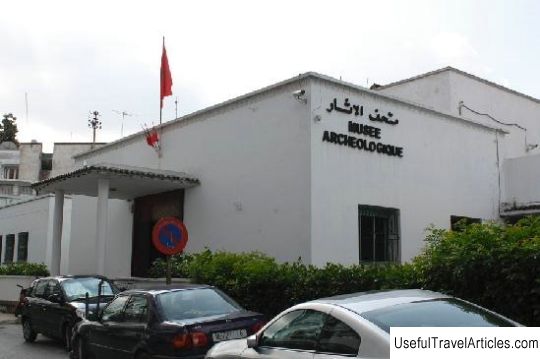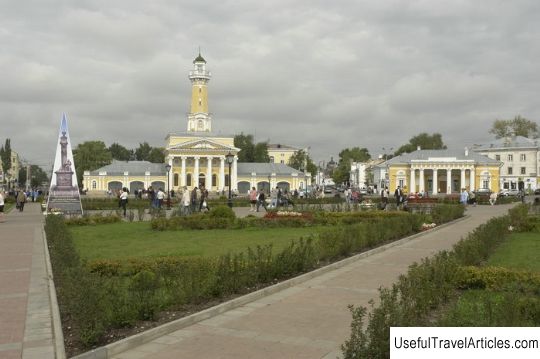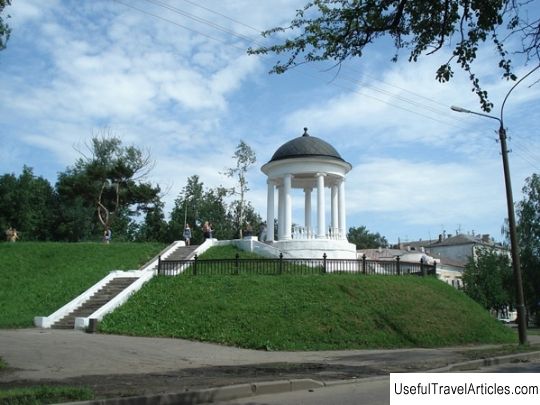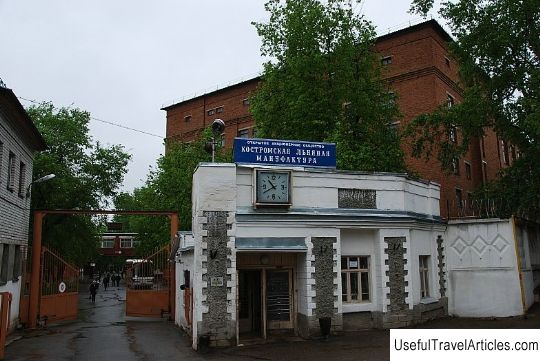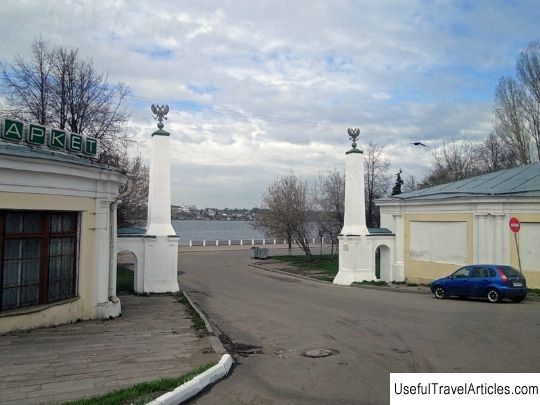Museum of Nature of the Kostroma Region description and photos - Russia - Golden Ring: Kostroma
Rating: 8,1/10 (1243 votes) 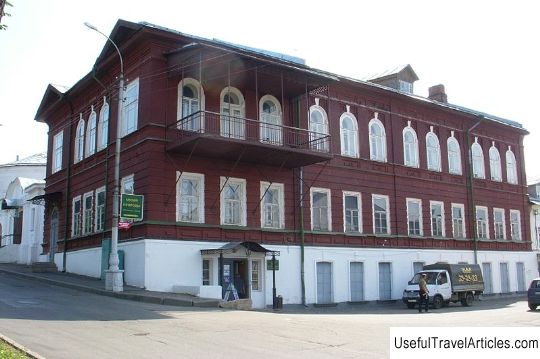
Nature Museum of the Kostroma Region description and photos - Russia - Golden Ring: Kostroma. Detailed information about the attraction. Description, photos and a map showing the nearest significant objects. Photo and descriptionOne of the most popular museums in the Kostroma region is the Museum of Nature, located in the city of Kostroma, on Molochnaya Gora street, building 3. The museum is a cultural state institution, which was founded in 1958 as Department of the State Historical and Architectural Reserve Museum of Kostroma. Since 2001 the museum has existed as an independent museum. The founder of the cultural institution was the Department of Culture for the Kostroma region. It is worth noting that the main symbol of the museum is the owl. The Museum of Nature is located in the building of the canteen and the commercial exchange of the Society of Sobriety - this object is an architectural monument of the late 19th century. The building itself is located at the very top of a small slope, namely, between the small Flour rows, which makes it an irreplaceable part of the city planning function. The museum building is old, semi-basement, built of bricks and characterized by classical techniques of architectural eclecticism. The volume is rectangular and ends with clear horizontal divisions that are visible between floors. On the first floor there are window openings, completely covered with ribbon rustication. As for the educational work of the museum, it is closely connected with the industrial upsurge, as well as with the breakthrough in public life that occurred at the beginning of the 20th century. The first was the exposition, which reflected all the natural resources of the Kostroma region, as well as presented agricultural, industrial and handicraft life. This exposition was opened in honor of the 300th anniversary of the eminent Romanov dynasty. Members of the Kostroma Scientific Society, which emerged in 1912, made the greatest contribution to the foundation and formation of future collections and expositions. The organization had ethnographic, geophysical and biological stations, which contributed to an active publicistic activity on the results of research. In the middle of 1926, the museum's collections were significantly replenished with items bequeathed by the former member of the district court of the city of Kostroma and amateur entomologist Rubinsky Ivan Mikhailovich. Its collection numbered about four thousand species of insects that live in Asia, Europe, America and Africa and represent important educational, cognitive and aesthetic values. In the early years of the 1960s, a fire broke out in the museum, which destroyed the most unique dioramas: "Polar Owl", "Attack of a wolf on a moose", "Capercaillie current". Between 1964 and 1965, all of the damaged dioramas were completely restored. A large exhibition entitled "Fauna and flora" was distributed according to the seasons. The long-awaited renewal of the department of nature came in 1965, after which it became the most visited in the entire museum-reserve. It is important to note that at this stage, the development of the museum for the better has not stopped. For example, in 1966, work was completed on the foundation and design of the famous entomological collection of I.M. Rubinsky. In 1969, an exhibition entitled "The Origin of Man" was opened, and the following year, expositions on the theme "The Geology of the Native Land" and "The Emergence of Life on Earth" were organized. At the end of 1972, the formation of expositions on the theme: "Geographical characteristics, soils, minerals and waters of the Kostroma region" was finally completed. Due to the transfer of the buildings of the New Town of the large Ipatiev Monastery to the Diocese of Kostroma in 2001, the natural department of the museum was redesigned as an independent museum, after which it was immediately transferred to a separate building located on Molochnaya Gora Street. To date, restoration and construction work is being carried out at the Museum of Nature. Among the permanent exhibitions, it is worth noting: Rubinsky's Entomological Collection, which dates back to the end of the 19th century and includes 4,256 items, "Animals and Birds of the Kostroma Region" and "Stone Chronicle of the Kostroma Region", presented by sedimentary samples,        We also recommend reading The Colonial Cottage Museum description and photos - New Zealand: Wellington Topic: Museum of Nature of the Kostroma Region description and photos - Russia - Golden Ring: Kostroma. |
